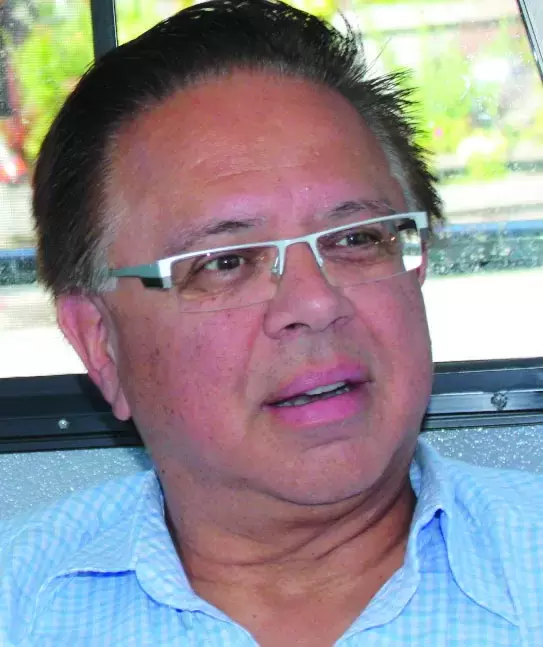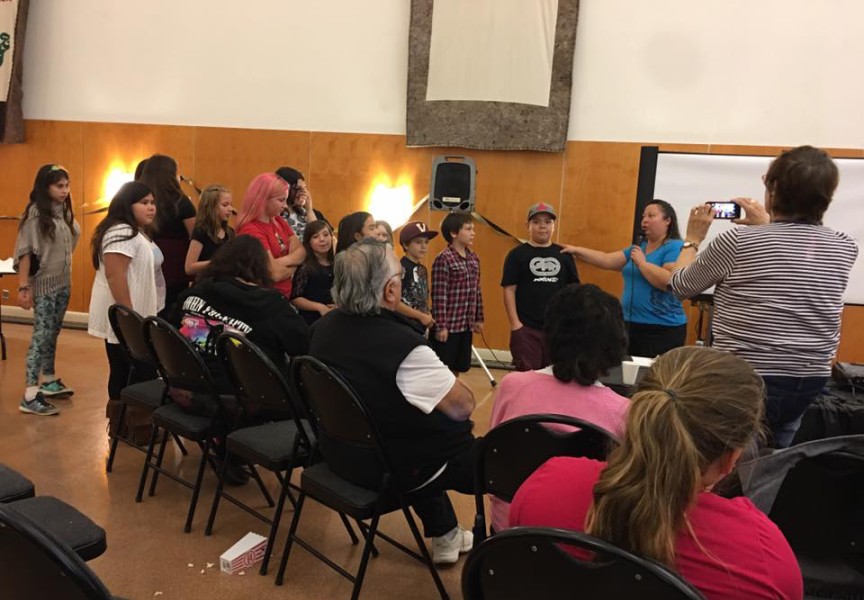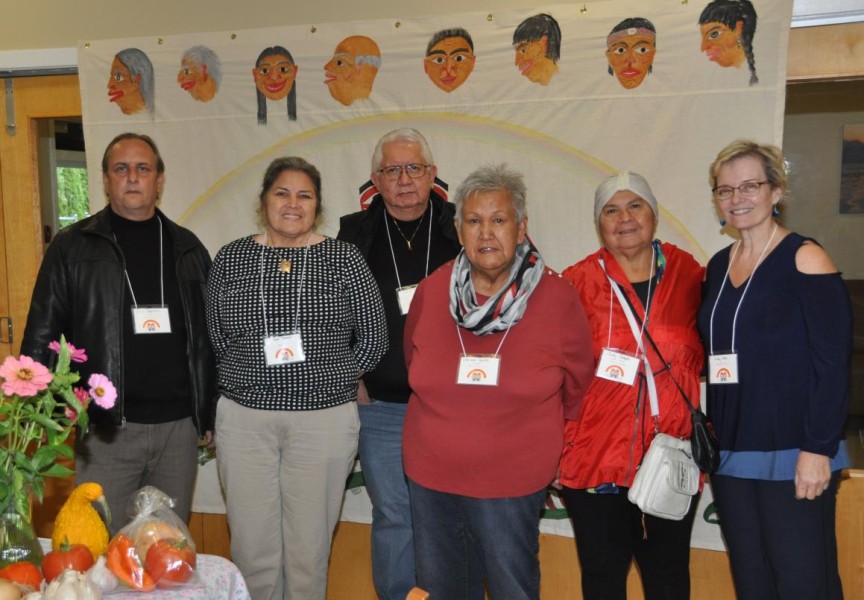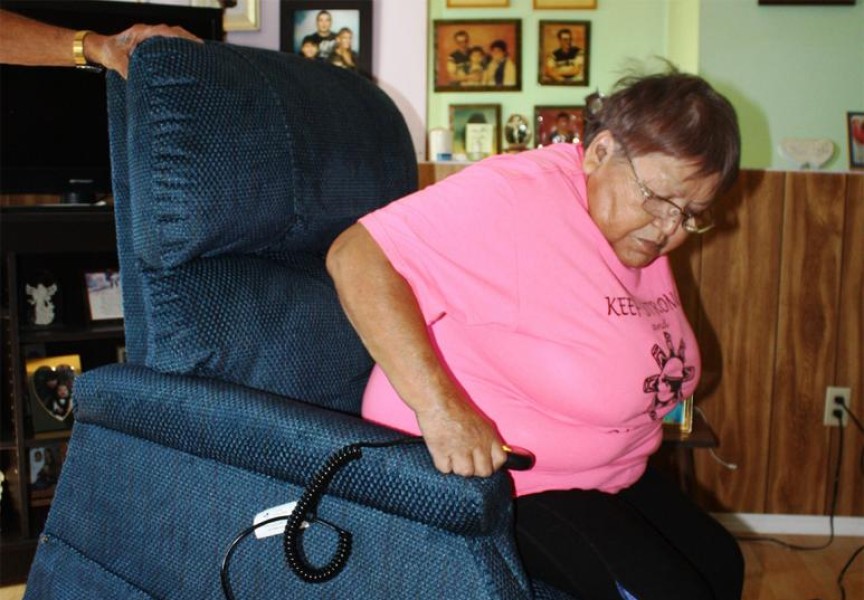Tseshaht First Nation Chief Councillor Hugh Braker is encouraging other tribes across British Columbia to embrace the use of technology to engage their community members.
Not only are there significant savings to be had in a time of tight budgets, he said, but the greater reward is a better informed citizenry that communicates back to council, is empowered and involved.
Of the 203 tribes in the province, Tseshaht is a leader in the use of technology. The nation even broadcasts its band meetings and other important forums to its membership, allowing even the members in such far-away places as Edmonton, Seattle, Vancouver and Victoria, the opportunity to watch over proceedings and participate in the discussions. Single mothers with small children who couldn’t attend the meetings before can now take part virtually.
Tseshaht started last summer with a simple council meeting broadcast. It’s developed to an online broadcast where members email the council to get an access code for the meeting. Once a code has been requested, the nation sends out by email the documents that will be handed out in the meeting.
Those who are attending the meeting can now count as quorum, Braker said, because Tseshaht has a record of who is online at any given moment.
The technology has even developed beyond that. Now a screen is put up in the meeting room, and those with cameras on their computers will find their faces among the checkerboard of others up on the screen. The members attending electronically can communicate by email with the camera operator at the meeting, but the next stage of development for Tseshaht will be to have voice communications for these members.
“This has had a really positive effect on the tribe,” Braker said, adding that the Internet is a really useful tool that more bands should be using.
Tseshaht is using a multi-layered approach in its efforts to be more inclusive of the members. They still make the band bulletin accessible in hard copy, but the numbers who receive band information this way is growing smaller. The bulletin is delivered to members electronically to any who have an email address.
“Not only can you save money, but you can send the band members a lot more than you can by paper,” said Braker. You can copy documents, maps and photographs, that would be expensive to photocopy, but costs nothing to send virtually.
“It’s way more efficient than paper.”
And facebook is a very handy tool for the Tseshaht council. The Tseshaht Recreation page is a very popular one for members. Some pages are restricted to Tseshaht citizens only—the 665ers, Braker jokes.
“I use that as chief councillor a lot. I post my calendar online every month, what I’m going to do for the next month. I put reports of band council meetings online and Facebook. If I put out a press release or important letter I copy it to Facebook… I communicate a lot with the band membership virtually.”
Braker acknowledges that some people are very opposed to Facebook, and that’s fine, he said, because all of those important documents are added to the electronic bulletin, so band members aren’t left out of the information loop. And if elders aren’t that computer savvy, they can get the hard copies as well.
And Tseshaht, just like 90 per cent of the tribes in the province, has a web page where people can find band council meeting summaries, information about important nation initiatives, interviews with elders, historical information and much more.
The difference with Tseshaht’s web site—unlike the majority of other nations’ web pages—is that Tseshaht regularly updates its pages. Braker said many of the webpages of other nations are “grossly out of date.”
“I think there is a real need, a real desire, a real appreciation of younger aboriginal people of the Internet possibilities and I would encourage other tribes to respond to that.”
Braker is not unaware of the concerns about security around this new technology, but he said those worries are “misguided.” People tell him ‘Somebody might hack into it.’
“I don’t understand the irrational fears. They see something new and immediately they want to look for a weakness.”
Braker said the existing technology—mail, courier—they have far more weaknesses than virtual technology.
“…put a letter in the mailbox… it might be stolen. It might be washed away in a flood. It might be burned down at the post office,” he laughed. “There is always a chance that the courier is going to deliver my courier package to the wrong address, and then there goes security.”
“We’ve never had a problem yet with our technology, and I think that the possibilities of compromise of the technology are far outweighed by the benefits.”







